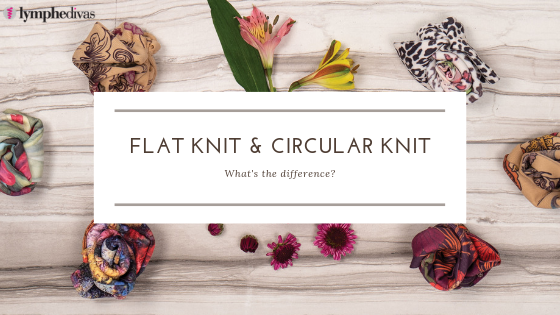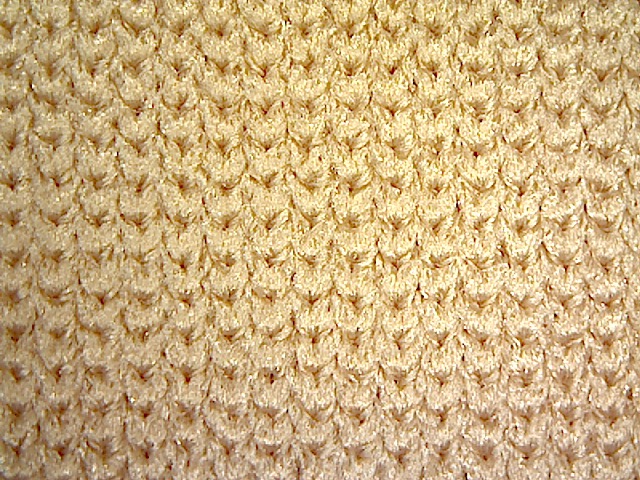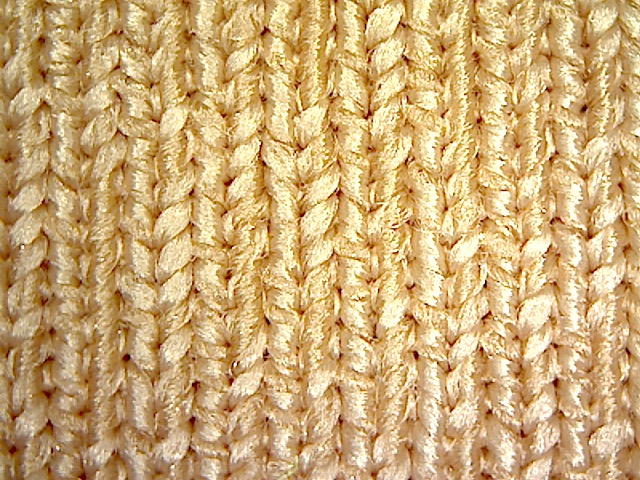
How do they work?
All graduated compression garments are manufactured using either flat knit or seamless circular knit machines. Traditionally, custom sleeves are seamed and flat-knit, however, those options are rapidly expanding to include seamless. There are many commonalities between these two different knit types; both circular knit and flat knit medical graduated compression garments work by increasing the pressure in the limb and by moving fluid from an area of high pressure to an area of lower pressure. The garments are knit to have more pressure at the most distal point in the body with the pressure decreasing gradually towards the core of the body to help move stagnating fluid out of the affected limb.
The term commonly heard to distinguish between circular and flat knit is “containment.” It is not a medical term, but contextually it suggests that the stiffer, heavier knit of a flat knit garment can “contain” swelling more than the thinner fabric of circular knit. Research has shown this to be a misconception: a study conducted by the International Compression Club (ICC) concluded that the dynamic stiffness of circular knit and flat knit fabrics are not different[1]. Although flat knit may be heavier or thicker fabric, the study concluded that once a piece of fabric has a stretch to it (which both flat knit and circular knit have), then the stiffness is not very high. It is in direct contrast to short-stretch bandaging, which doesn’t stretch, and it’s why using multiple layer bandaging has a very different effect on a limb in lymphedema therapy in comparison to compression garments.
How are they knit?

Circular Knit
A circular knitting machine works by using yarn with a 360-degree cartridge of needles which creates a seamless tube of fabric - much like how a sock is constructed. The knitting machine and the associated program defines the yarn tension at any given point to create the garment shape, and compression properties are determined by the yarn delivery system which regulates the length of the inlayed Lycra yarn.

Flat Knit
A flat knit machine typically creates a sheet of fabric that must be cut and sewn by a seamstress according to a pattern to create the finished garment. This process inherently creates seams in the garment as the edges are joined. On the other hand, a flat knit v-bed machine differs from regular flat knit by introducing a second bed of needles that replaces the need for a seamstress. With that second bed of needles built into the machine, complex structures (like a glove) can be knit without any seams but still utilizing the same flat knit methodology.

Which is better for lymphedema?
Flat knit and circular knit graduated medical compression garments are both effective in managing lymphedema. When looking for a compression garment, rather than looking at flat knit or circular knit consider the following questions.
- Is this a garment you want to wear?
- Is it comfortable?
- Is it effective in managing swelling?
- Is it affordable?
Whether this garment is flat knit or circular knit, or a combination of both, a medical graduated compression garment that is actually worn will always be the more therapeutically effective garment.
Additionally, to help ease the flat and circular knit misconceptions, we manufacture circular knit arm sleeves and flat knit gloves and gauntlets. We are proud to provide complete compression transparency through our Fitter’s Aid app. Patients and therapists alike can ensure the compression in our garments is effective in managing lymphedema by verifying that the compression is starting at the correct range at the most distal point and that it is appropriately graduating as it moves closer to the center of the body.